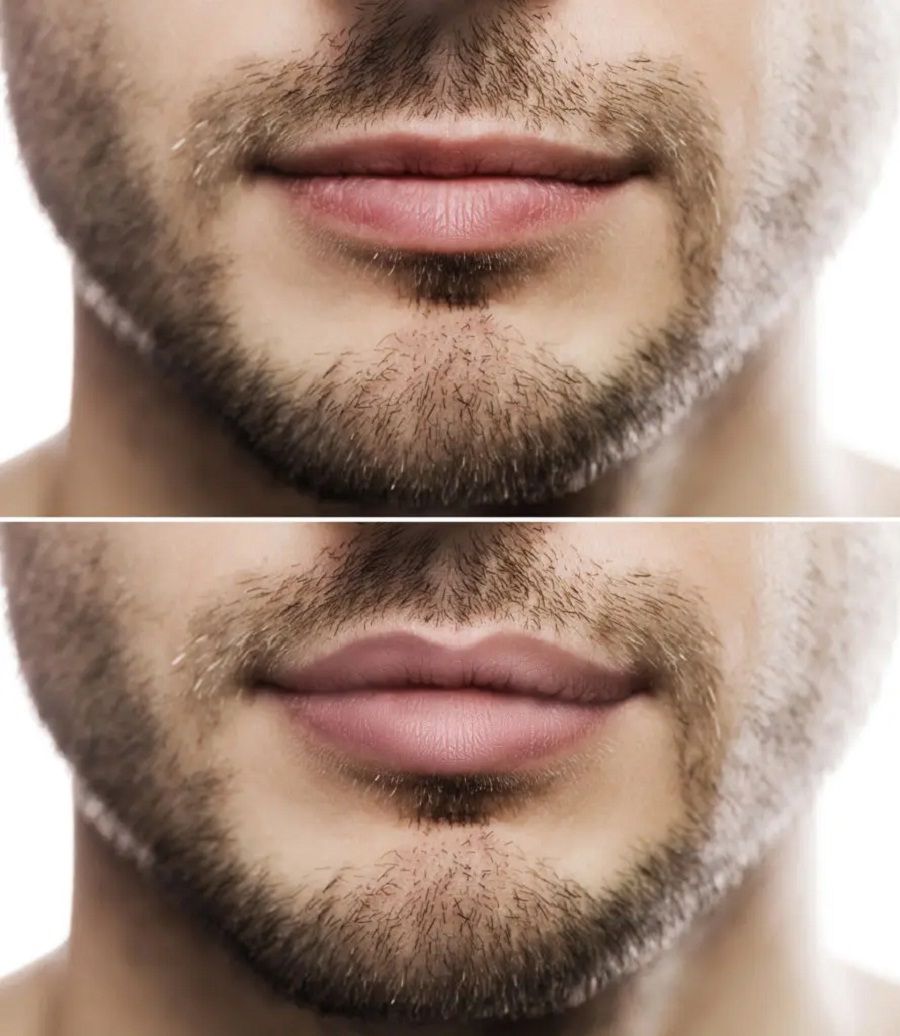As a cosmetic surgery option, a double eyelid operation can alter the natural curve of the eyelids and even create a crease in the upper lid. Many people, particularly those of Asian origin, choose to have the double eyelid treatment done as an elective cosmetic enhancement. Some people use it to fix eye and vision issues, like ptosis (a droopy eyelid).
You may learn more about double eyelid surgery (ตา สอง ชั้น, which is the term in Thai) and about the procedure, risks, and many more.
The Procedure Of Double Eyelid Operation
You can improve the look of your upper or lower eyelids—or both—with blepharoplasty surgery. Because doctors performed it as an outpatient surgery, you can go back to your house immediately following it. First, the surgeon must determine how much fat, sagging skin, or muscle they must remove. How the patient does in the pre-operative evaluation will determine this. Priorities should center on the patient’s
- Facial muscle structure
- Bone structure
- Eyebrow symmetry
Possible Risks Associated with Blepharoplasty
Though double eyelid surgery is usually well-received and has a low risk of problems, it is not without its risks. They consist of:
- Bleeding under the skin due to injury to blood vessels is known as a hematoma.
- Infection of the skin surrounding the eyeball, also known as orbital cellulitis.
- One symptom of dry eye is a change in the rate or pattern of tear production.
- Ptosis, or a drooping eye, caused by a surgical muscle injury
- Severe bleeding, commonly seen after surgery, is known as hemorrhage.
A loss of eye shape symmetry or other unexpected consequences are some potential issues that can impact your appearance. Subsequent treatments may be necessary for certain patients due to drooping eyelids, overly deep wrinkles, or disappearing folds.
Recovery
The patient will be taken to a recovery room by healthcare personnel after double eyelid surgery, where they will begin to regain consciousness once the anesthesia wears off.
One can expect to experience feelings of lethargy and nausea during this time. The individual may initially have trouble seeing as well. Right now, it’s possible to have a relative come over.
You can alleviate any discomfort with medicine that a surgeon or doctor prescribes. They could recommend using cold packs on the eyes to relieve swelling and bruises.
Following surgery, the patient shouldn’t drive themselves home. The individual’s safe return home depends on the presence of another individual nearby. You can expect swelling, bruises, and blurred vision during the first two weeks.





